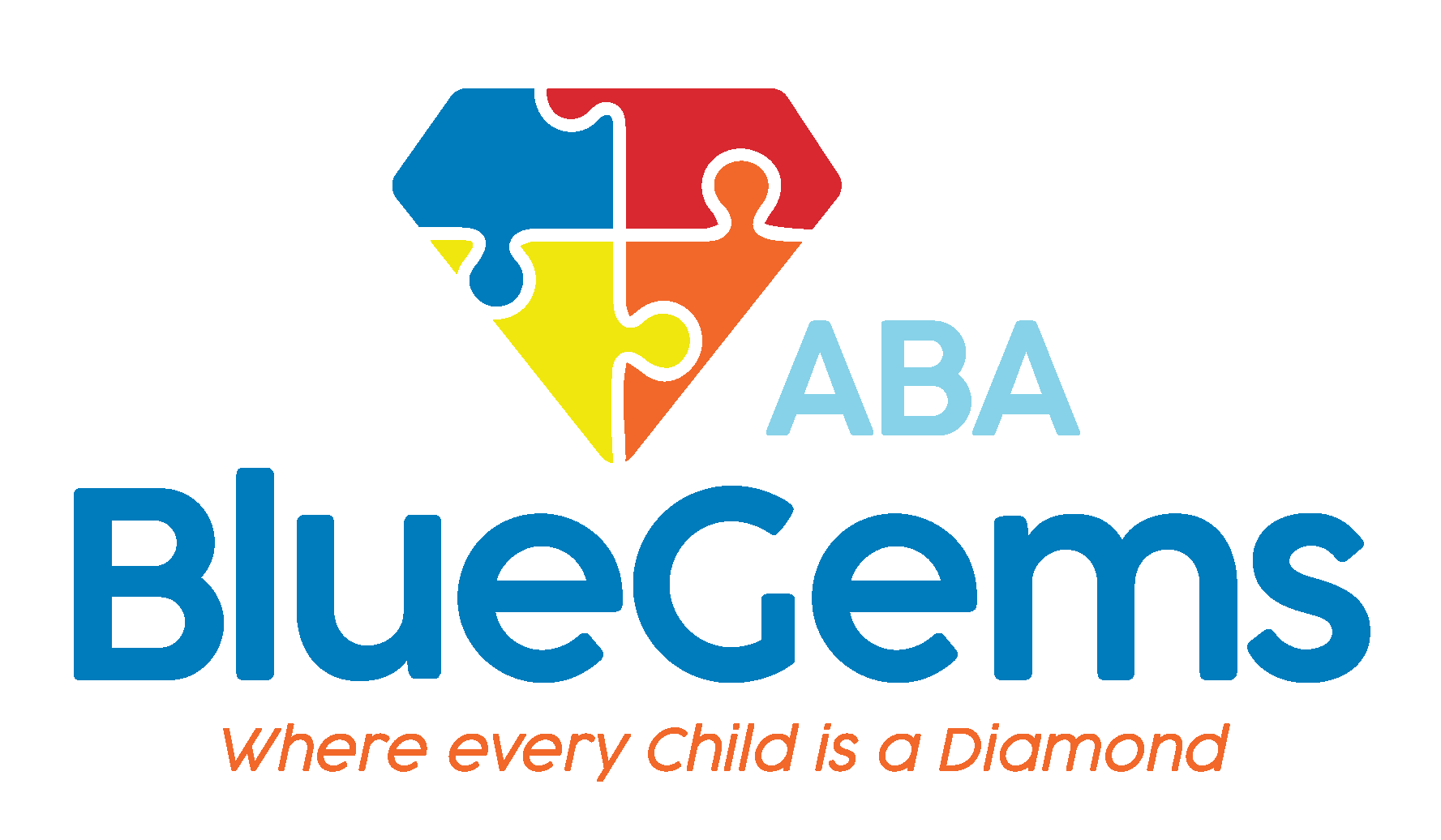What is Borderline Autism?
Autism spectrum disorder (ASD) is a very complex developmental disorder that covers a wide range of signs, symptoms and effects. Every individual on the autism spectrum exhibits unique characteristics, though the disorder is generally characterized by repetitive behaviors and restricted interests.
One of the most commonly-accepted guidelines for diagnosing ASD is called the Diagnostic and Statistical Manual of Mental Disorders (DSM-5). It is used by clinical psychologists and other professionals to determine whether, based on observations and reported symptoms, an autism diagnosis is appropriate.
From that diagnosis, a treatment plan can be created, such as applied behavioral analysis, or ABA therapy, which is an evidence-based, personalized approach to treatment that helps children build the social, communication and daily life skills they need.
At times, children may exhibit some of the signs and symptoms of autism1, but not enough to technically qualify for an ASD diagnosis according to the DSM-5. In this case, the child may be categorized as having borderline autism.
Below, we discuss borderline autism further so you can understand what it means.
Table Of Contents
What is Borderline Autism?
Among doctors and other professionals in the field, borderline autism is sometimes referred to as ASD level 12. It signifies that the child exhibits some of the major autism characteristics but not enough that would necessitate a full ASD diagnosis according to the DSM-5 criteria.
In essence, children who have borderline autism are considered on the autism spectrum but on the milder side. Borderline autism isn’t an official diagnosis, but rather is a term that’s used to describe people who suffer from some of ASD’s core symptoms but not all of them.
Children who are borderline autistic may be able to function at higher levels and have better communication skills than other people who have more severe forms of autism.
What Characteristics Do Borderline Autistic Children Exhibit?
Children who have borderline autism could exhibit many of autism’s hallmark features, though not as severe as others on the autism spectrum.
This means they may face challenges with social encounters, not wanting to or having trouble interacting with others or understanding normal social cues; communication, having trouble expressing their wants and needs and/or understanding body language; sensory stimuli, exhibiting extra sensitivity to bright lights, textures or loud noises; and repetitive and restrictive behaviors, with specific interests in narrow subjects.
People with borderline autism may not exhibit these challenges as prominently as others with ASD, and they may not exhibit them in all aspects of their life.
How is Borderline Autism Diagnosed?
Borderline autism is diagnosed the same way as all forms of ASD. Clinical psychologists and other professionals who are trained to do so will evaluate your child for autism, based on reports from the parents and their own in-person observations.
They may use the DSM-5 as a guideline for the evaluation, measuring what the child is exhibiting to the different criteria in the guidelines. Then, they will determine whether the child should be diagnosed with ASD or not.
There are some challenges to diagnosing borderline autism, specifically because of the characteristics of the developmental disability.
Since their symptoms and signs are often not as prominent as others on the autism spectrum, it might be hard for parents, caregivers and even untrained professionals to spot the early signs and symptoms of autism. This means that some children who have borderline autism may never undergo an autism evaluation, or might not get one until later in life.
Trained professionals are better equipped to diagnose borderline autism, as they know what to look for — even if the signs and symptoms are minor, slight or “hidden.”
How is Borderline Autism Treated?
Borderline autism can be treated in a number of different ways. As ABA therapy is focused heavily on helping individuals with autism, it can significantly benefit those who have a less severe case of ASD.
The methods that ABA therapists use to teach children the communication, social and daily life skills they need have proven effective for a wide range of disorders — whether the child have severe autism, borderline autism or other disorders such as ADHD.
There are other therapeutic approaches to treating borderline autism, though they may not be as effective as ABA therapy. In all, what therapeutic approach is best for your child will depend on their unique needs and characteristics.
Blue Gems ABA Helps All Children on the Autism Spectrum
While children with borderline autism don’t receive an official ASD diagnosis, they are considered on the autism spectrum. They’ll likely face some of the same challenges that others on the autism spectrum face, though they may be considered high-functioning.
At Blue Gems ABA, we have a team of clinical psychologists who evaluate children for autism and can give ASD diagnoses if necessary. If your child is diagnosed with ASD, our team of BCBAs can administer ABA therapy to help your child build the skills they need to live a happy and fulfilling life.
To learn more, please contact us today.




